Reviewed by: Jame Jimenez
When Apple launched iOS 26 (September 2025), it introduced Liquid Glass, a major interface redesign Apple calls its broadest visual update since iOS 7. The introduction of Liquid Glass as the centerpiece design language has reframed how we think about mobile interfaces. And now, with Apple creating a dedicated webpage showcasing how third-party developers are embracing this translucent visual language, we are watching the first wave of an ecosystem shift land on home screens.
Then came the part that turned heads. With iOS 26.1 now available and bringing crucial transparency controls, Apple showed this is not a flashy experiment; it is a plan they intend to refine in public. Curious what Liquid Glass adoption really looks like, and why this approach could set the tone for the next decade of mobile design? Let's dig in.
Where does Liquid Glass go from here?
Momentum is building. Here is a clear signal from the market: Apple now renders every iOS 26 icon using the Liquid Glass design system, and icons that don't follow this visual language appear outdated and receive fewer taps. That is not just polish, it nudges user behavior and discoverability.
Policy backs the push. Apple currently provides an opt-out flag for developers, but several developer reports say Apple intends to remove that option in a future Xcode release, which could make adoption compulsory in a later OS cycle. approximately 12 months (by 2026-09-15), and a bet that iteration will resolve today's pain points before the deadline arrives.
Technically, Liquid Glass reads like Apple's most revolutionary developer update since iOS 7, a blend of visual language, on-device AI, and unified workflows across platforms. It looks less like a one-off style change, more like a foundation for ambient computing.
The spatial angle is hard to ignore. Translucency, depth, motion that maps to the hand, all of it fits augmented reality and spatial computing. As Vision Pro and future AR hardware evolve, Liquid Glass feels like the common thread that lets screens and space share a vocabulary.
Adoption will come down to the heavy hitters. When WhatsApp, Instagram, and Facebook make the jump, familiarity rises, complaints fade, and habits form. Major apps are likely to adopt Liquid Glass over time, but specific vendor timelines (WhatsApp, Instagram, Facebook) have not been confirmed. The real question is balance. Can Apple keep the wow while sharpening the everyday?
Right now, the early pattern points to a genuine shift in mobile design philosophy. Liquid Glass could become a beloved evolution, or it could end up a cautionary tale about beauty outrunning utility. My read, given the track record and the swift 26.1 follow-up, leans toward steady evolution, bumps and all.
Image via Apple.com





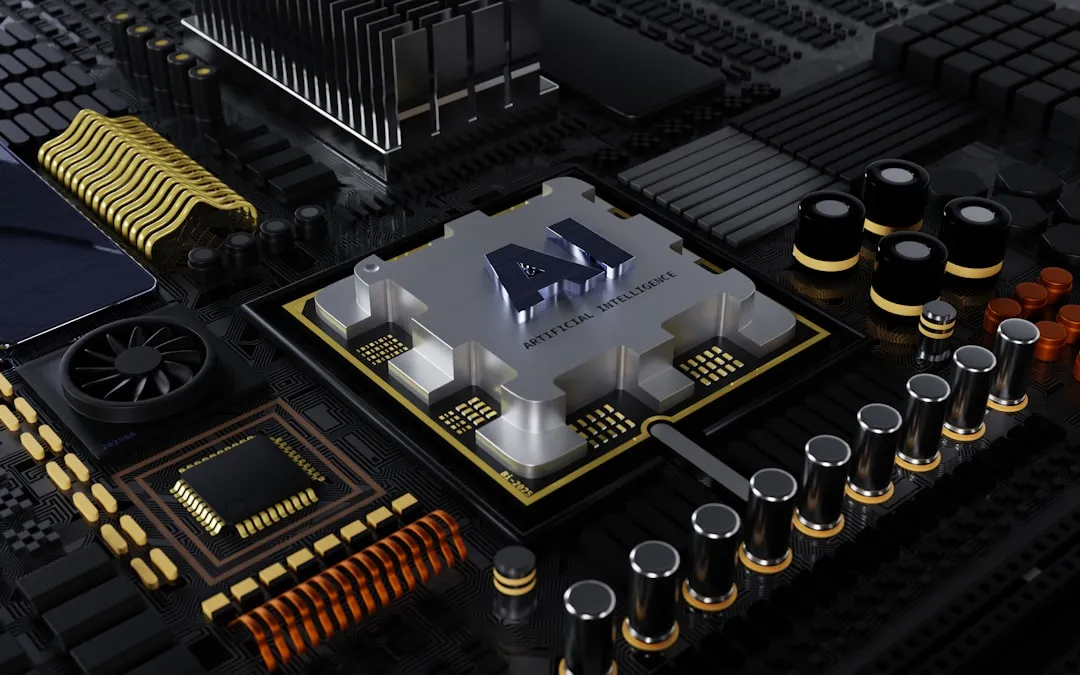
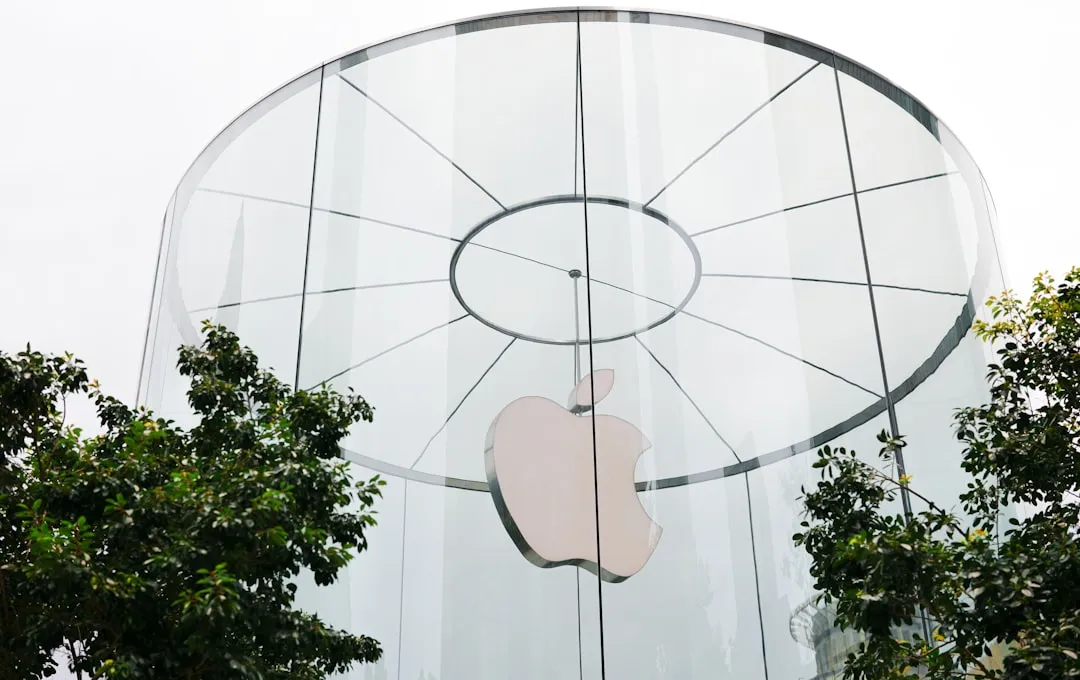

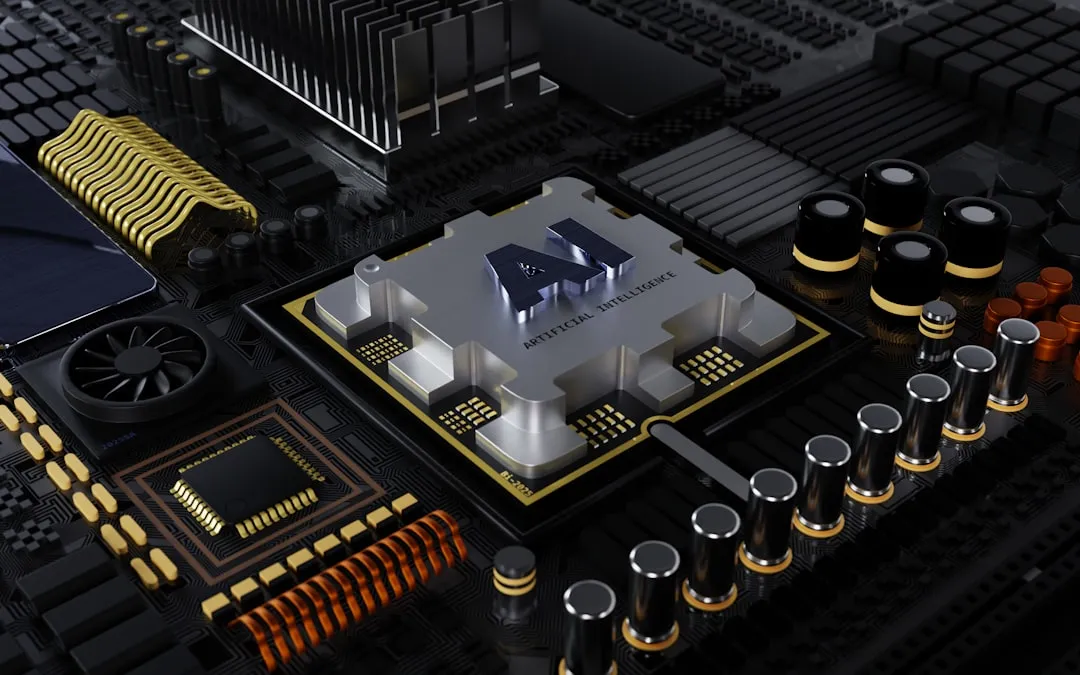
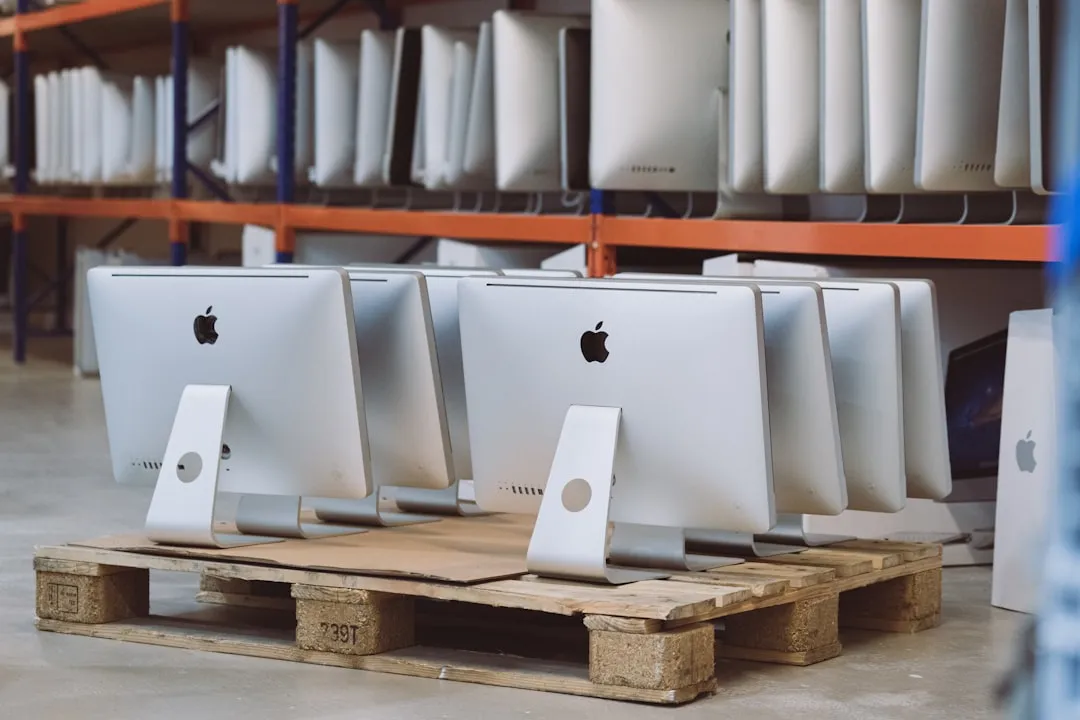

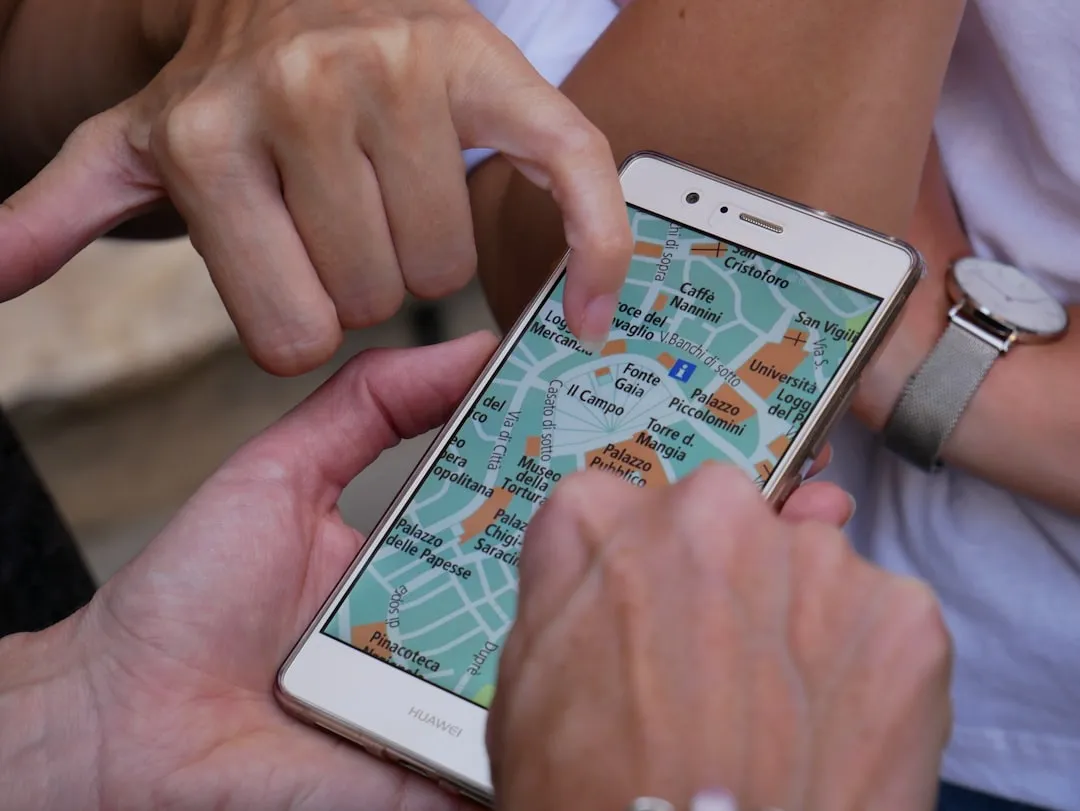

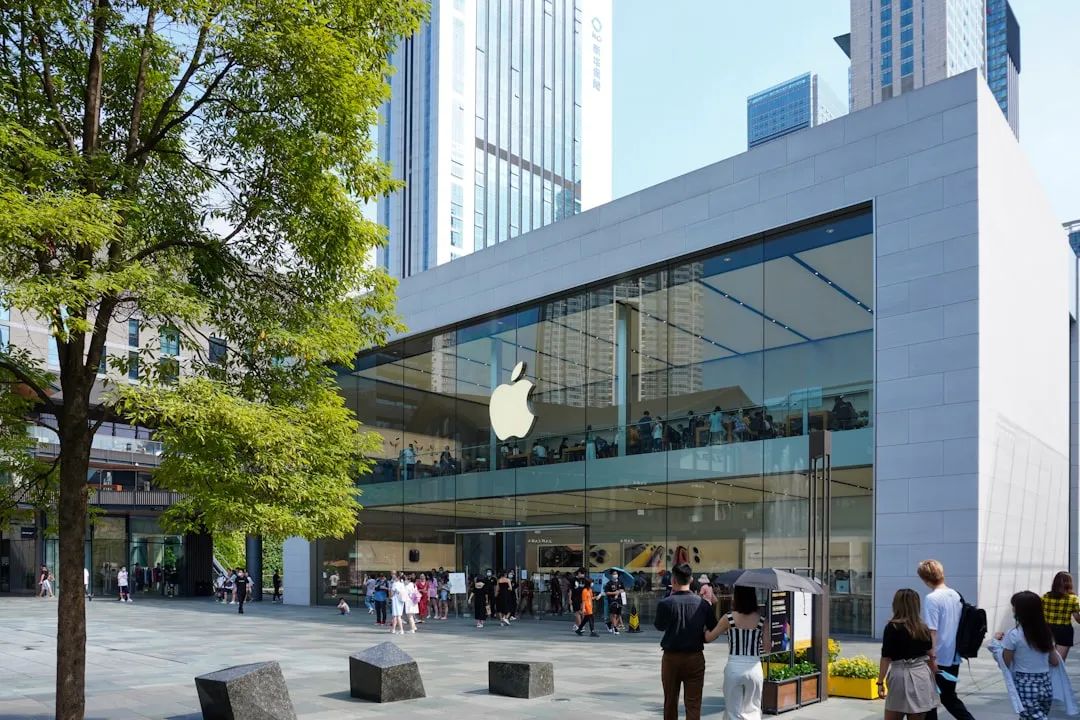
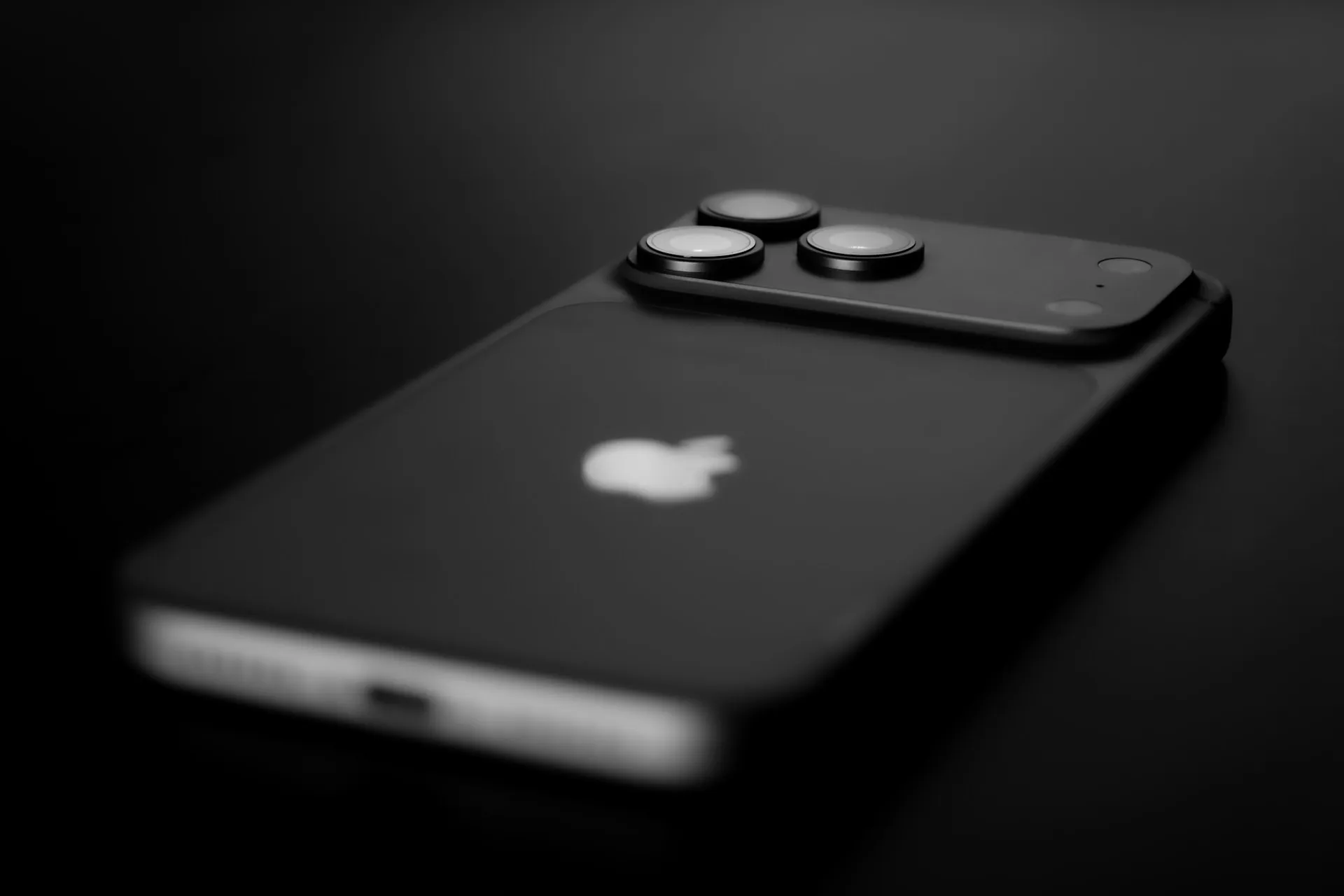
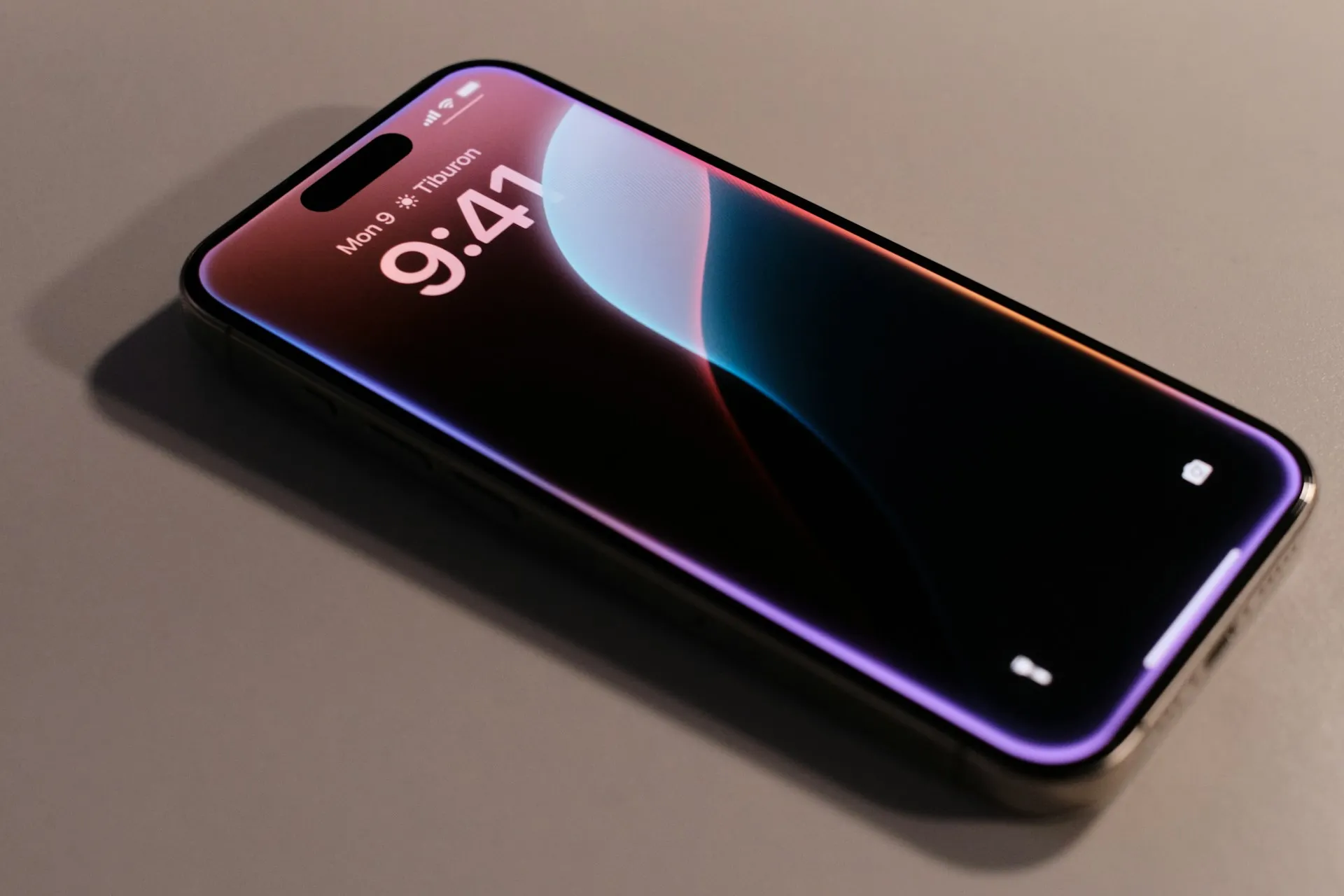
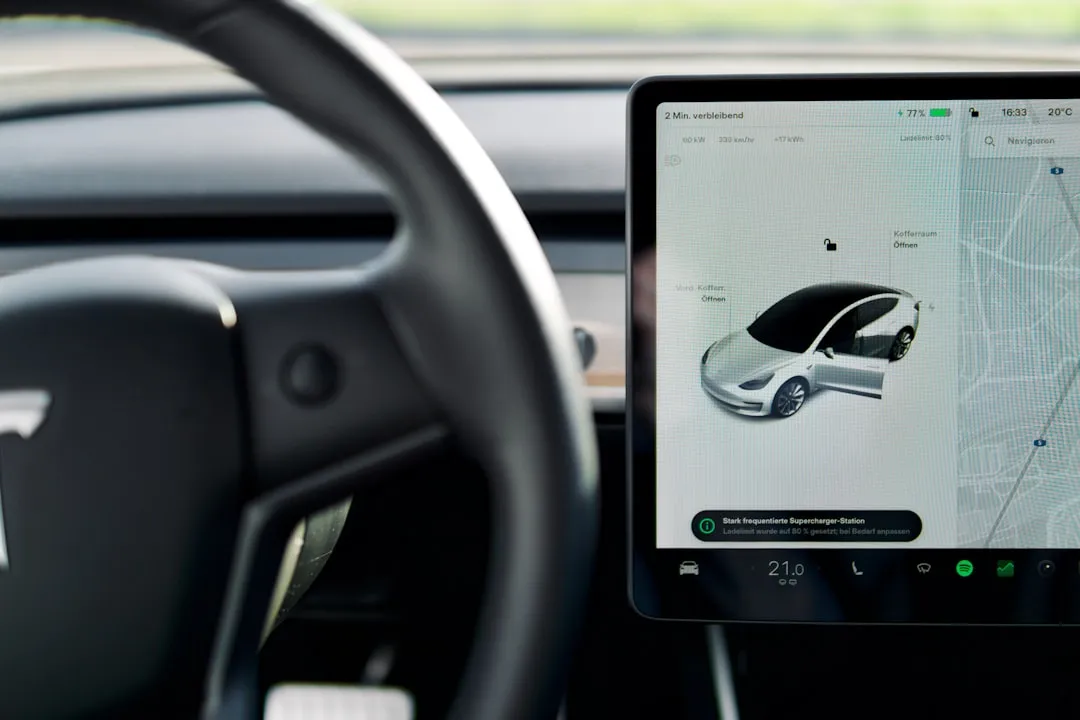



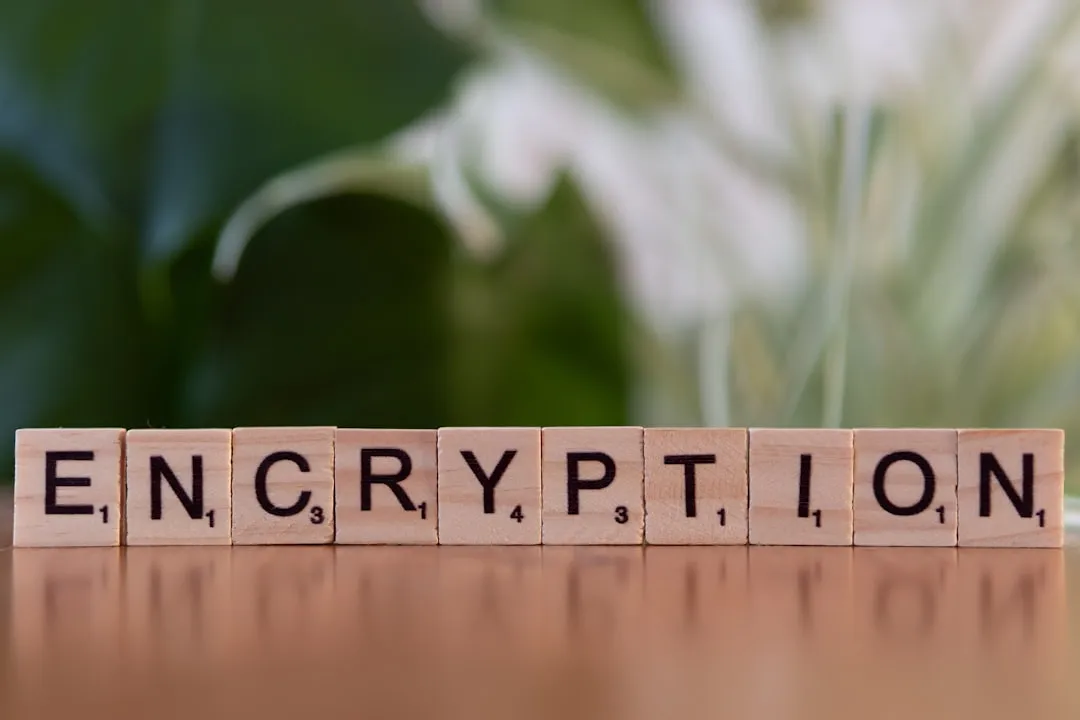

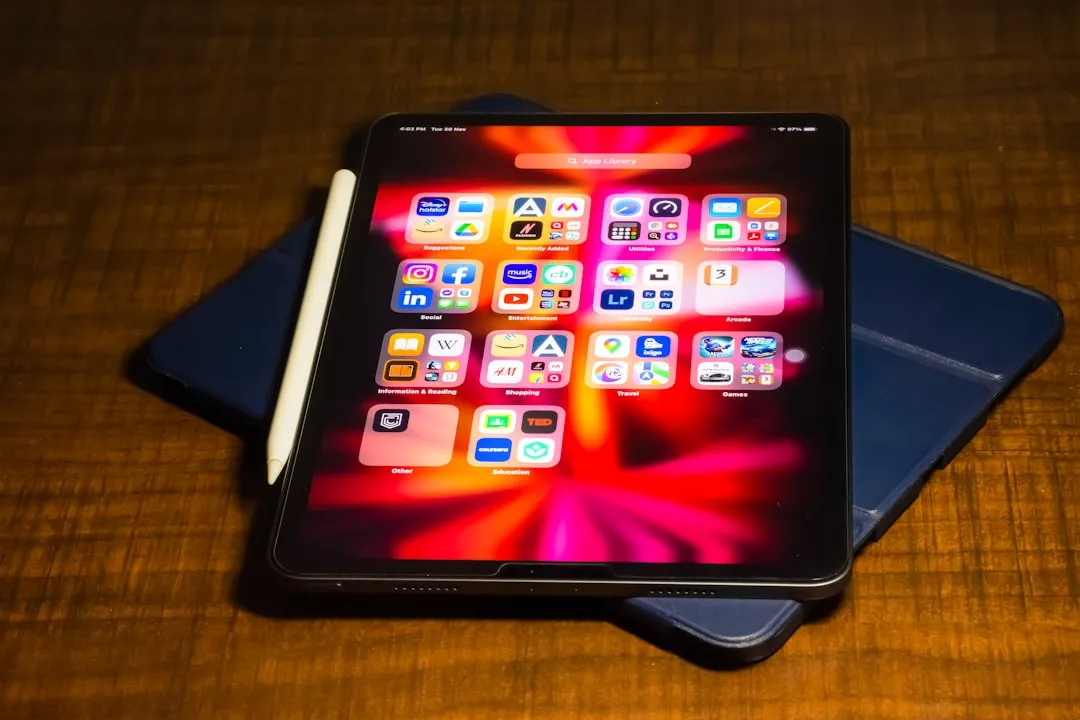

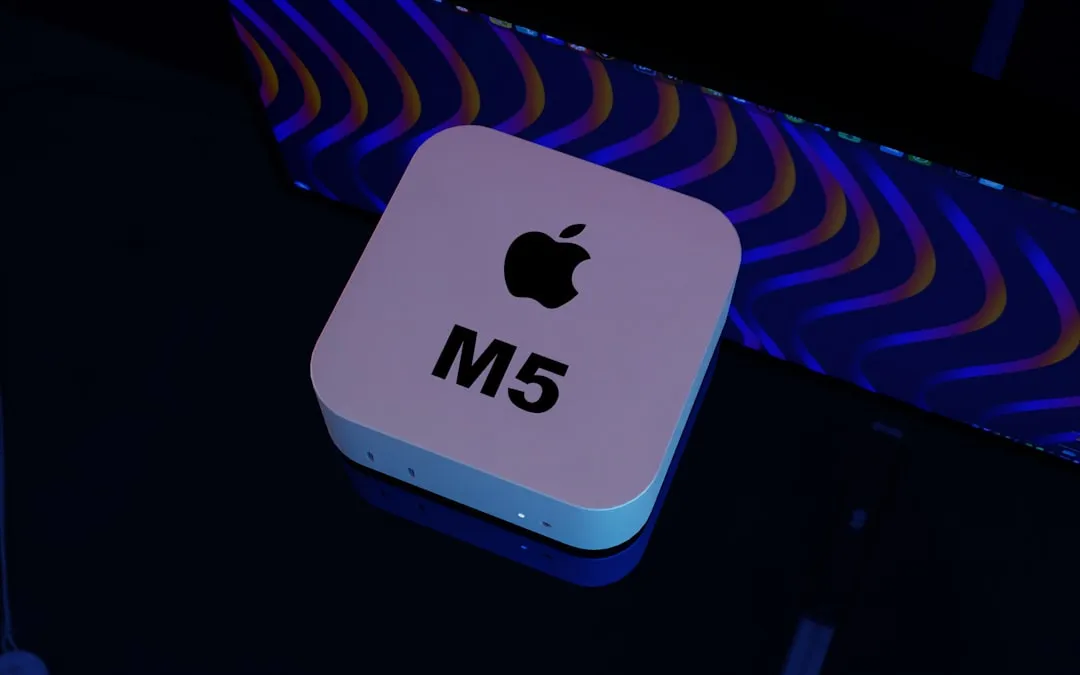
Comments
Be the first, drop a comment!